
For immediate assistance with after-death cleanup, contact Bio-One of Poway 24/7 at (858) 261-4527 for discreet, compassionate services. Our local professional cleanup team is proficient and equipped to manage traumatic situations effectively.
In the wake of losing a loved one, the world seems to pause, wrapped in a haze of grief and disbelief.
During this challenging and emotional time, the myriad of tasks and arrangements that need to be handled can feel insurmountable, a mountainous journey that one is ill-prepared to embark upon.
Yet, amidst the sorrow and the pain, these tasks beckon for attention, demanding a semblance of normalcy in a world turned upside down.
While specific circumstances surrounding a death can vary widely — from expected passings after long illnesses to sudden losses that leave us reeling — the essence of what needs to be done in the aftermath shares common threads.
This guide's purpose is not to add to the burden of your loss but to offer a gentle roadmap through the maze of practicalities that follow a loved one’s departure. This checklist serves as a starting point, a foundational guide to navigating the initial steps post-loss.
In the following sections, we will delve deeper into each item on the checklist, providing insights, tips, and resources to assist you at every step. Whether arranging the funeral, handling the deceased’s estate, or simply knowing your rights and the support available, this guide aims to lighten your load and offer clarity amidst confusion.
Let’s embark on this journey together, with compassion and understanding, as we explore the critical first steps after the loss of a loved one.

In the immediate aftermath of a loved one’s passing, one of the first considerations may be their wishes regarding organ donation. Giving can save or enhance the lives of many individuals, making it a significant decision.
Here’s how to proceed:
Begin by looking for official documentation indicating the deceased’s organ donation wishes. This is often found on a driver’s license, where a small symbol signifies their consent to be an organ donor. Additionally, an advanced healthcare directive or living will might contain specific instructions regarding organ donation.
If you discover that your loved one is an organ donor, it’s crucial to inform first responders, nurses, or doctors immediately. The timing is critical for organ donation, and healthcare professionals need to know as soon as possible to preserve the organs’ viability.
Organ donation is handled with the utmost respect and care for the donor and their family. It’s helpful to familiarize yourself with the process, including additional consent forms, discussions about which organs or tissues can be donated, and the steps involved in the donation procedure.
While it’s a profoundly personal decision, understanding the impact of organ donation can offer some comfort during this difficult time. Each organ donor can save up to eight lives, while tissue donations can significantly improve the lives of up to 75 people.
Making decisions about organ donation during a time of grief can be overwhelming. Don’t hesitate to seek support from hospital staff, organ donation organizations, or a trusted advisor who can provide information and guidance.
Ultimately, the decision to donate organs should align with the wishes of the deceased. If they had not expressed a decision about organ donation, the responsibility falls to the next of kin to make the decision, keeping in mind what they believe their loved one would have wanted.

When a loved one passes away at home without medical supervision, it’s crucial to know the immediate steps to take. This not only ensures that their death is legally documented but also that you’re guided through the initial stages of managing their passing.
Here’s what to do:
If the death was unexpected, your first step should be to call emergency services (911 in the United States). They will dispatch the necessary personnel to your location.
Clearly explain the situation to the operator, stating that your loved one has passed away at home and there was no medical supervision at the time of death. Provide any details about the deceased’s medical history or circumstances leading to their death that might be relevant.
The operator may provide specific instructions for you to follow. This could include not moving the deceased’s body or attempting to resuscitate if it’s clear the individual has passed away.
In many cases, especially if the death was unexpected, the police and medical personnel will be dispatched to the scene. They are involved in ensuring no foul play and documenting the occurrence officially.
Depending on the jurisdiction and circumstances of the death, a medical examiner or coroner may need to examine the body. If this is necessary, emergency services or the police will coordinate it.
The authorities on the scene will help guide you through the initial documentation needed. This might include a legal pronouncement of death, which is essential for funeral arrangements and the execution of the deceased’s will, and other legal matters.
Don’t hesitate to ask the responding authorities any questions you may have about the process. They can guide you through the immediate next steps, including who to contact next and how to handle the deceased’s body respectfully.
It’s understandably a highly emotional time, but try to remain calm and respectful as the authorities do their job. They are there to help you through this challenging moment and ensure everything is handled correctly and with dignity.

In the immediate aftermath of a loved one’s passing, ensuring the well-being of any dependents — whether children, elderly family members, or pets — is paramount. This adjustment period is critical, and managing their immediate needs with compassion and efficiency can help alleviate the stress during this challenging time.
Here’s how to approach it:
Finding a safe and comforting environment is essential if children are affected by the loss. Reach out to a close family member, friend, or caregiver whom the children know and trust. This person should be capable of providing care for at least 24–48 hours, allowing you time to manage immediate arrangements without added worry.
Depending on the children’s age, explain what has happened in a manner that is sensitive and appropriate for their understanding. Assure that they are being taken care of and that you will be there for them.
Consider these when making arrangements if the deceased had expressed specific wishes regarding who should care for their dependents or if unique family dynamics are at play. It’s important to honor these wishes as much as possible, provided they align with the best interest of the dependents.
Pets also feel the loss and may become anxious or stressed during this time. Arrange for them to stay with a friend, family member, or a pet care service that can give them the attention and care they need. Ensure the caregiver is informed about the pet’s routines, dietary needs, and medical conditions.
Ensure the temporary caregiver has all necessary information for children or pets, including emergency contact numbers, medical records, dietary restrictions, and favorite toys or comfort items. This helps maintain a sense of normalcy and comfort.
Ensure the children and the caregiver can reach you if needed. Open communication is critical to ensuring the dependents feel supported and cared for, even in your absence.
Use this time to start thinking about any long-term arrangements that might need to be made for the dependents’ care and well-being, especially in light of the family’s loss.

The task of informing others about the passing of a loved one is both delicate and necessary. It’s a step that invites support and shared grief but can also be emotionally taxing. Prioritizing who to contact immediately and who can wait is crucial in managing this task without becoming overwhelmed.
Here’s how to approach it:
Begin by contacting those closest to the deceased — spouses, children, siblings, and best friends. These individuals should hear the news from you directly rather than through social media or other indirect means.
For those in the closest circle, phone calls are the most personal and respectful way to convey the news. They allow for an immediate, compassionate exchange and offer an opportunity for mutual support.
If you find the task too overwhelming to manage, it is okay to ask a trusted family member or friend to help notify others. Choose someone close to the deceased who can handle the task with sensitivity.
After informing the immediate circle, list other friends, distant family members, colleagues, and acquaintances to contact. Organizing this list by priority or relation can help streamline the process.
Consider using email, text messages, or social media for the broader circle, especially if you need to notify a large group. A carefully worded message that conveys the news with respect can be appropriate. Remember to ask for discretion in spreading the news until all close family and friends have been personally informed.
People process grief in various ways. Be prepared for a range of emotions from those you notify, from shock and denial to immediate grief. Offer support where you can, and understand if some need space to process the news.
If funeral or memorial service details are available and you feel appropriate, you can share this information with those you notify. Otherwise, let them know that details will follow once arrangements have been made.
Remember notifying others also reminds you of your loss. It’s emotionally draining, so take breaks as needed and lean on others for support during this process.
Securing a legal pronouncement of death is a necessary formal step in the process following a loved one’s passing. This official declaration is the first legal recognition of death and is essential for many subsequent tasks, from arranging the funeral to settling the estate.
Here’s how to navigate this process:
A medical professional is responsible for pronouncing death. If the death occurred in a hospital or hospice, the attending physician would make the pronouncement. In cases where death occurs at home without medical supervision, a qualified professional such as a coroner or medical examiner may need to be involved.
Contact the attending physician, the hospital, or your local medical examiner’s office to obtain a legal pronouncement depending on where and how the death occurred.
Primarily, suppose the death occurred outside of a medical facility. In that case, the body might need to be examined by the medical examiner or coroner to determine the cause of death before a pronouncement can be made.
Once a death has been legally pronounced, you can request official death certificates from the hospital, physician, or your local vital records office or health department. These documents are crucial for many next steps in managing your loved one’s affairs.
Many institutions require an original death certificate to process changes after death (e.g., banks, insurance companies, and government agencies). Estimate how many copies you need and request them upfront to avoid delays. It’s not uncommon to need 10 or more copies.
The process for obtaining a legal pronouncement of death can vary significantly by location, especially regarding who is authorized to make the pronouncement and issue death certificates. Familiarize yourself with local laws and procedures to ensure compliance.
There may be a fee for each copy of the death certificate. While the initial cost might seem minor, it can add up if you require many copies. Plan for this expense in your budget.
Transparent and respectful communication can help streamline interactions with medical or government officials. Remember, these professionals are accustomed to assisting individuals in your situation and can often provide additional guidance.
In the immediate aftermath of losing a loved one, having a support system in place is crucial for both emotional and practical support. Grieving is a deeply personal process, yet it’s important to remember you don’t have to navigate this difficult time alone.
Here’s how to establish and utilize a support system effectively:
Identify family members and friends who can offer you emotional and practical support. Think about those who have been there for you in past times of need and who you feel comfortable relying on now.
Be open with your support network about what you’re going through and how they can help. Let them know whether you need someone to listen, help with funeral arrangements, or manage daily tasks like cooking or childcare.
Many tasks must be completed after a loved one’s death, from funeral arrangements to notifying banks. Divide these tasks among your support network based on each person’s strengths and availability. This approach helps manage the workload and allows everyone to contribute meaningfully.
Grief counselors, therapists, and support groups specialize in helping people navigate the complexities of grief. Don’t hesitate to reach out to these professionals for support. They can offer coping strategies, a compassionate ear, and a safe space to express your feelings.
Many communities have resources for grieving people, including support groups, workshops, and seminars. These resources can provide additional support and connections with others experiencing similar losses.
Sometimes, help comes from unexpected places. If someone offers assistance, consider accepting it. Whether a neighbor offering a meal or a colleague willing to handle some of your responsibilities, these gestures can provide significant relief.
Remember that taking care of yourself is not selfish. Grief can be physically and emotionally exhausting, so eating well, getting enough rest, and engaging in activities that nurture your well-being is crucial.
In moments of deep grief, it might be tempting to isolate yourself. However, staying connected with others, even in small ways, can provide a lifeline during this time. Regular check-ins with friends, family, or a support group can make a difference.
It’s essential to acknowledge the road you’ve embarked upon following the loss of a loved one. The journey through grief is deeply personal, marked by moments of profound sadness, reflection, and, eventually, healing. While the steps outlined in this guide aim to navigate the practical aspects of this journey, remember that the emotional and spiritual journey is equally important.
You may find moments of peace, healing, and hope as you continue your journey. Your loved one’s memory will always be a part of you, shaping your journey in ways seen and unseen. Embrace the journey ahead, with its myriad of emotions, as a testament to the love you shared and the resilience within you.
For immediate assistance with after-death cleanup, contact Bio-One of Poway 24/7 at (858) 261-4527 for discreet, compassionate services. Our local professional cleanup team is proficient and equipped to manage traumatic situations effectively.
Resources For Those Left Behind After a Suicide Click here for suicide prevention and postvention resources.
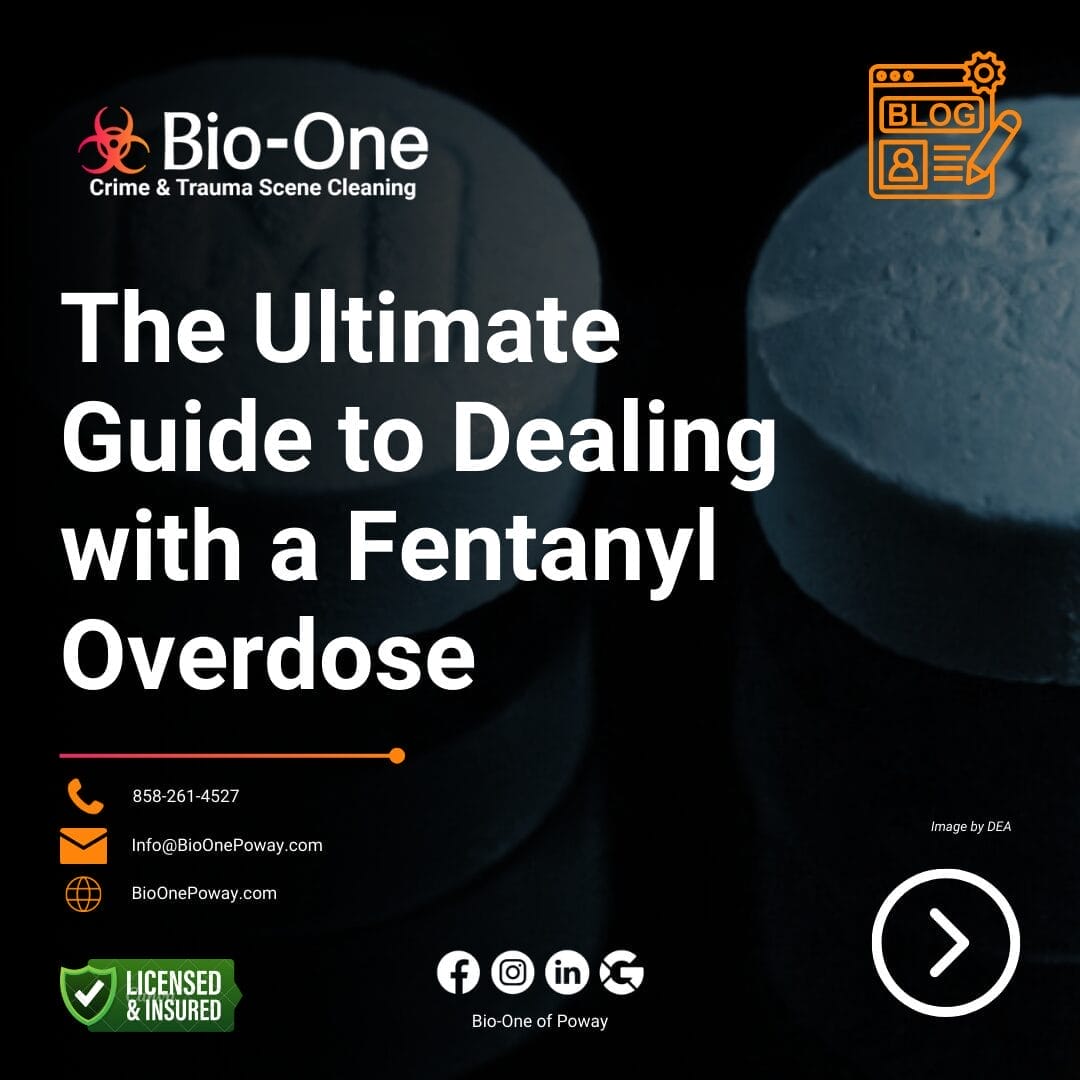
Fentanyl has cemented its place in public discussions and health emergencies due to its potency and contribution to the opioid crisis. The potential for accidental overdose, whether through the mismanagement of prescribed medication or exposure to illicit sources, is a stark reality for first responders, caregivers, and the general public. How can we be prepared to act swiftly and decisively in the face of a fentanyl overdose? This comprehensive guide details the steps to recognize, respond to, and prevent accidental fentanyl overdoses.
Fentanyl, a member of the opioid family, is known for its staggering potency. It is often used under strict medical supervision for severe pain, and variants sourced illegally are a contributing factor to the overdose epidemic. With its strength comes significant risk, as even small amounts can lead to life-threatening situations.

To put it into perspective, fentanyl is 50 to 100 times more potent than morphine and can be more potent still compared to heroin. These numbers mean that the difference between a standard dose and an overdose is often measured in micrograms, highlighting the peril of any miscalculation or misjudgment in handling the drug.
Fentanyl and its analogs are frequently encountered in street drugs such as heroin, cocaine, and counterfeit pills. Consumers are often unaware of the drug's presence until it's too late, making such drugs a lethal lottery for individuals seeking a high or relief from pain.
Recognizing a fentanyl overdose is paramount to its successful intervention. Familiarize yourself with the following signs and symptoms, which can be telltale indicators of an opioid overdose.

Upon observing signs of a possible fentanyl overdose, swift and judicious action is crucial. Here's what you need to do:

Naloxone is a life-saving medication that can be administered through different routes. Here's a breakdown of the methods, along with guidelines for each.

Disclaimer: The information provided in this document is intended for educational purposes only and should not be considered professional medical advice or a substitute for consultation with qualified healthcare professionals. We are not emergency responders or medical professionals. The use of naloxone and the practices described herein are based on current knowledge surrounding the response to opioid overdoses, specifically involving fentanyl.
Even after administering naloxone, the immediate moments following an overdose are critical. Here's what you should do while waiting for emergency services to arrive:
In the aftermath of a drug overdose, it's vital to address any potential biohazards. In addition to providing professional crime scene cleanup services, Bio-One of Poway also offers hoarding cleanup and other specialized services that may be necessary in these situations. We are proud to serve all areas of San Diego County, CA. Our team is available 24/7!
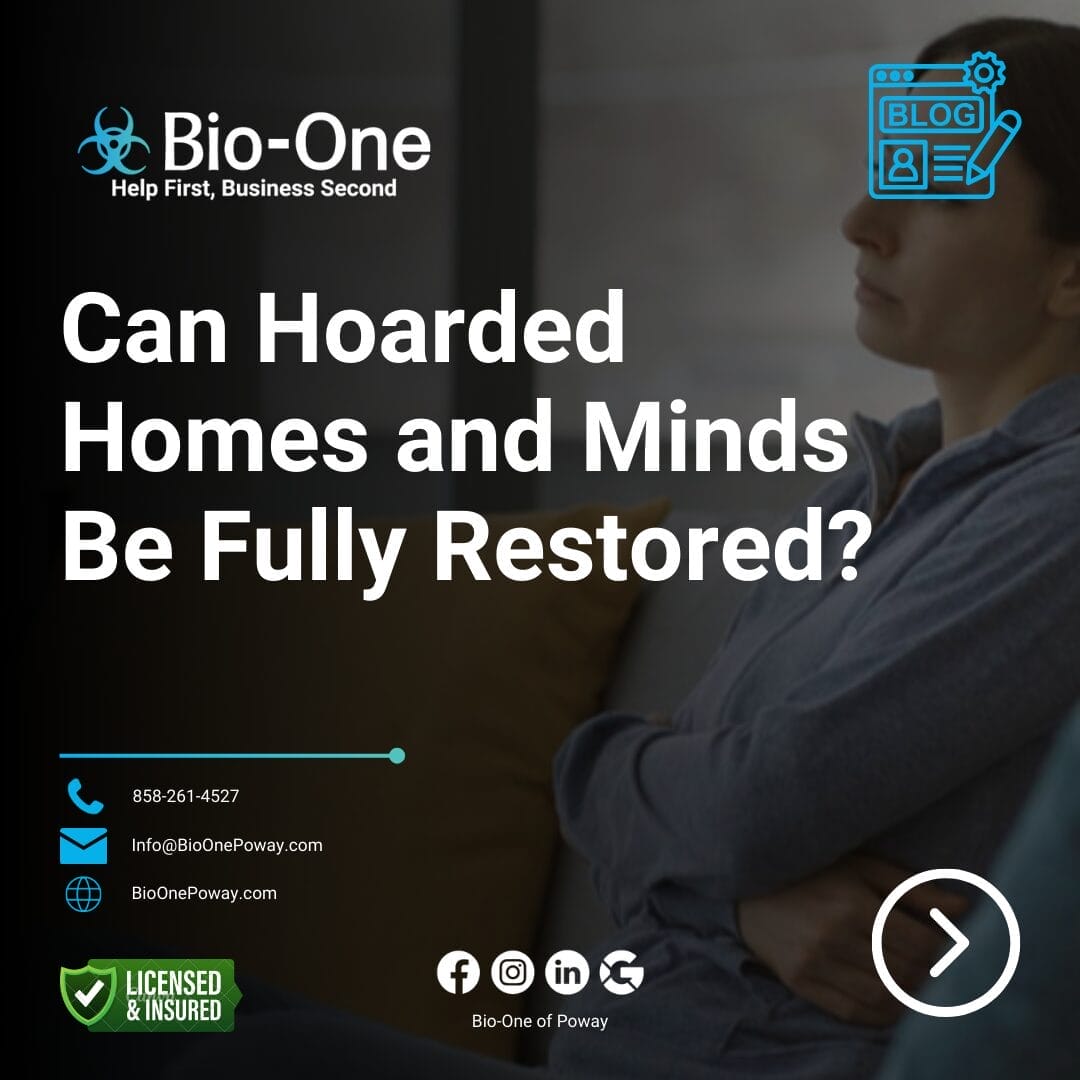
When we hear the term 'hoarding,' we often conjure images of cluttered homes, newspapers stacked to the ceiling, and pathways lined with belongings. For those dealing with hoarding tendencies or living with a hoarder, these scenes are not just a specter; they're a stark reality. The battle against hoarding is multi-faceted, challenging, and deeply personal. It's a fight that's both outside—against the physical accumulation of stuff—and inside—where emotional motivations run deep. Now... Can hoarding be cured?
In this blog, we'll explore the complexities of hoarding. From the psychology of hoarding to real-life success stories, we're here to let you know there is a positive outcome for hoarding. Trust us!
Disclaimer: Please note that while we share insights and stories related to hoarding cleanup and recovery, we are not mental health professionals. Our intention in presenting this material is to create awareness and offer support from a cleanup perspective.
What drives someone to hoard? Understanding hoarding begins with recognizing that those who struggle with it rarely do so from a simple desire to collect or a reckless disregard for cleanliness. For many, hoarding provides a sense of safety or control, and possessions are imbued with deep personal significance.
Collectors and hoarders both gather items, but the difference lies in the cognitive relationship to those items. Collectors are often organized and strategic, taking joy in the aesthetic or emotional value of their curated collections. Hoarders, on the other hand, face challenges in making decisions about what to keep and what to discard, and their accumulation typically leads to dysfunction within the living space.
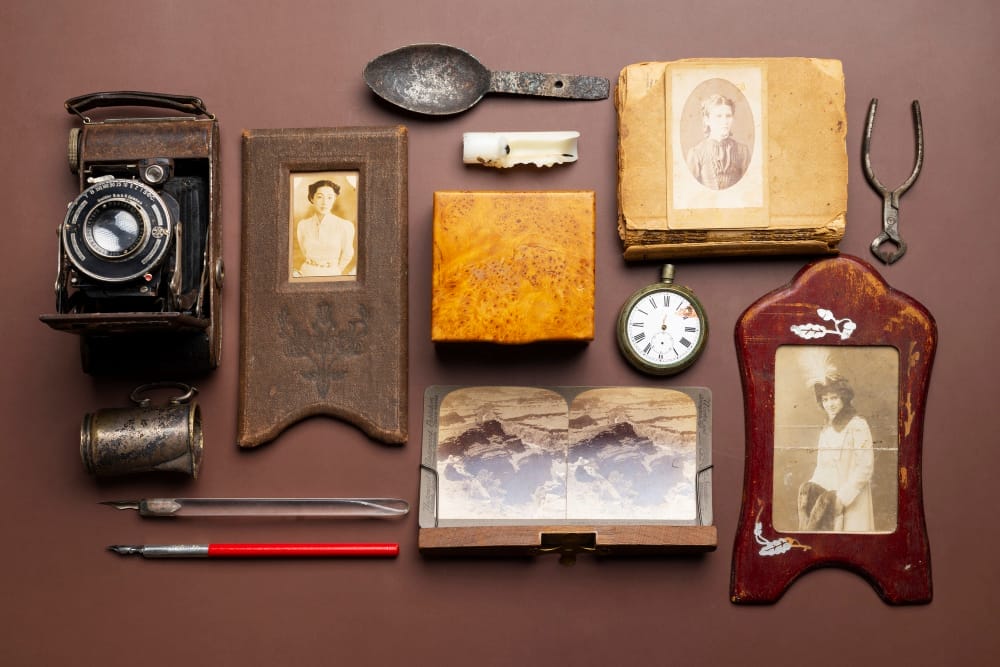
The effects of hoarding extend beyond the individual. Hoarded homes bear the brunt of the condition, with space often becoming unusable and basic living conditions compromised.
From fire hazards and structural damage to health risks, the physical consequences of hoarding are dire. Vermin infestations, mold growth, and an increased risk of falling are common in hoarded homes.
Learn more: How Hoarding Can Put Families' Lives at Risk | Bio-One of Poway
Psychological studies repeatedly reveal the emotional toll hoarding takes—both on the hoarder and their family. Shame, anxiety, and isolation are common among hoarders, while family members often face frustration and fear, as well as the overwhelming task of trying to help their loved one.

A step-by-step guide to decluttering a hoarded home is integral. It involves setting small, achievable goals, working in a specified order, and enlisting the help of professionals and volunteers who understand the unique challenges of hoarding.
Take a look at the ultimate hoarding cleanup checklist made by our friends at Bio-One of Oceanside: 4-Step Plan For a Successful Hoarding Cleaning with Bio-One.
While the cleanup is a critical step, true restoration involves addressing the root causes of hoarding. This requires a focus on mental health treatment, support systems, and a commitment to change.
Counseling and therapy for hoarding are as varied as the reasons behind the behavior. Exposure therapy, where individuals are gradually exposed to the anxiety-provoking situation of discarding items, has shown promising results. Other forms of therapy, including group settings, tackle the disorder from different angles, providing techniques for managing stress and emotions.
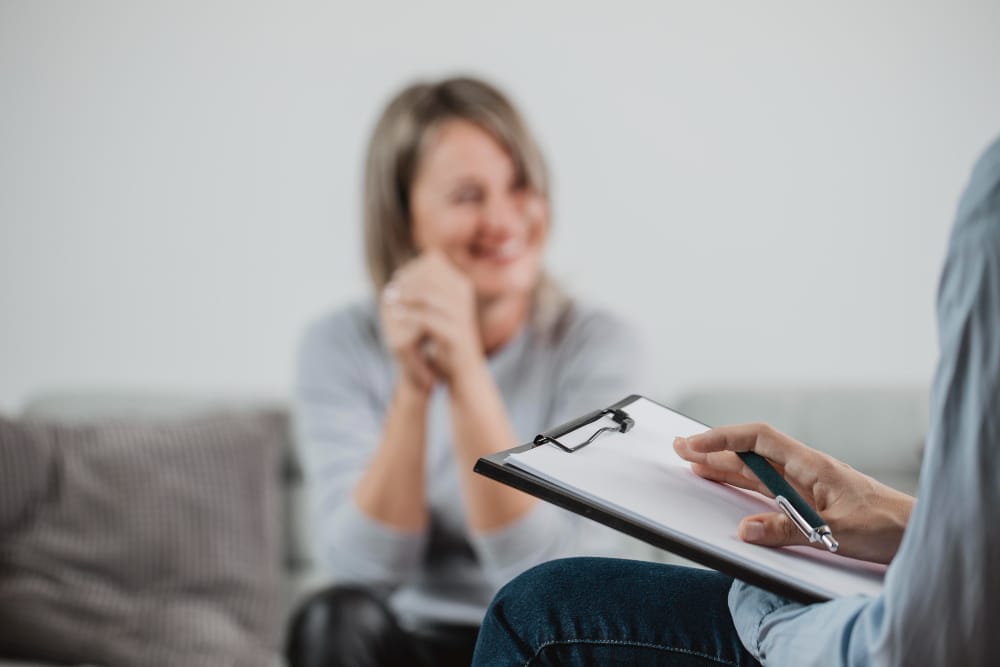
Support groups offer a unique space where hoarders and their families can share experiences, lean on each other, and learn from those who have walked the path to recovery. These networks reduce the sense of isolation and help to break the cycle of shame.
From self-help books to online resources, there is a wealth of information available for those pursuing recovery. The key is to find resources that resonate and to approach the process with openness and a willingness to learn and change. Here are some valuable resources to get you started on the journey to recovery:
While no definitive cure for hoarding exists, individuals can recover and learn to manage the condition effectively. They may encounter setbacks on the journey to recovery, but through commitment and support, they can make progress toward a life free of clutter.
It's important to remember that hoarding is not just about cleaning up and decluttering physical spaces. It's also about understanding and addressing the underlying psychological and emotional factors that contribute to the behavior.

In cases where hoarding has resulted in significant biohazards, it's important to seek the help of a professional cleanup company like Bio-One of Poway. Our team can handle these situations with compassion and discretion. With the right treatment and support, hoarding can be managed. So, don't lose hope, recovery is possible, and help is just a call away!
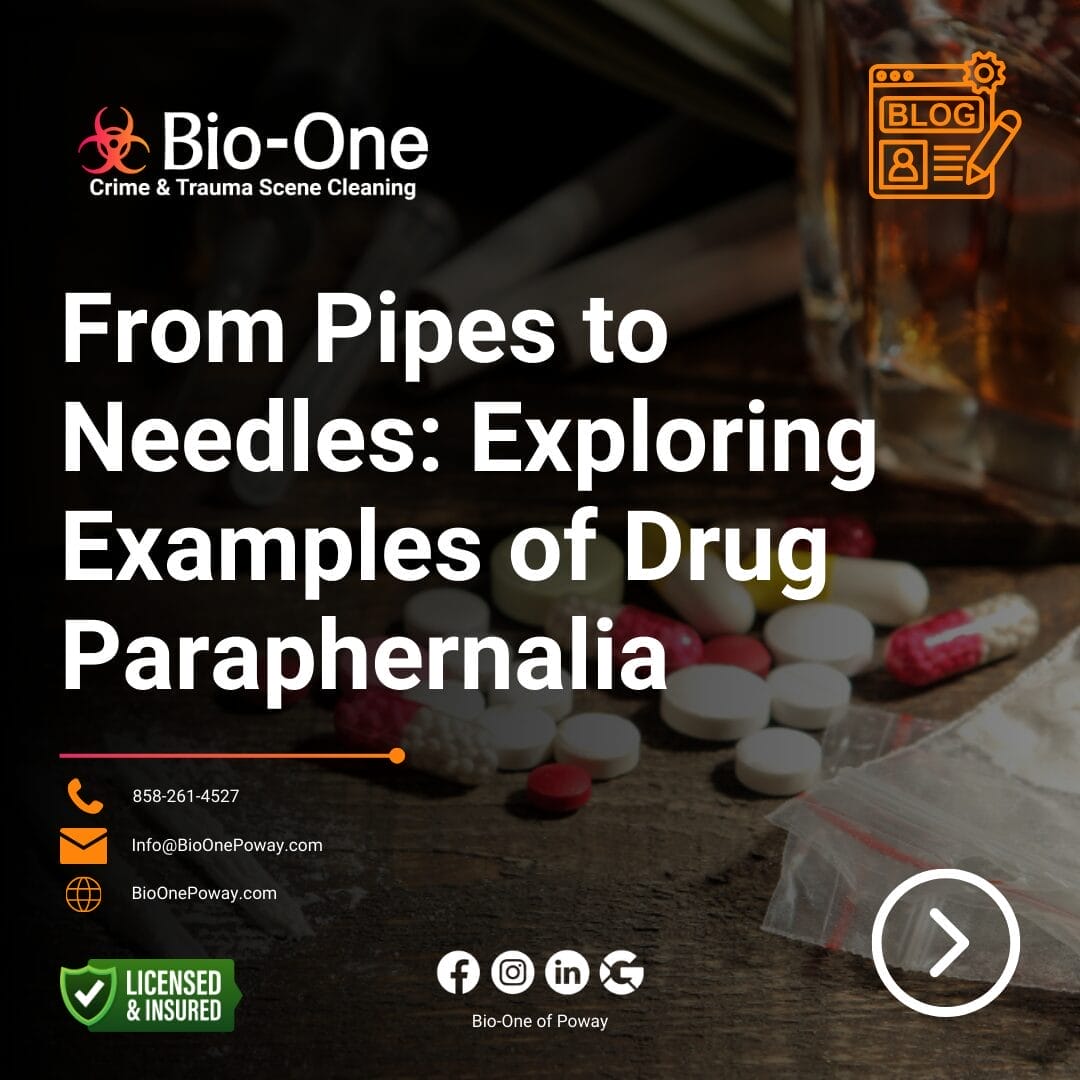
People use drug paraphernalia to consume or prepare drugs. These items come in many forms and can consist of various materials. With drug addiction being a global problem, recognizing drug paraphernalia and understanding the risks associated with it becomes a priority for anyone potentially exposed. In this blog post, we explore different examples of drug paraphernalia, their purpose, and the dangers that come with exposure to them.
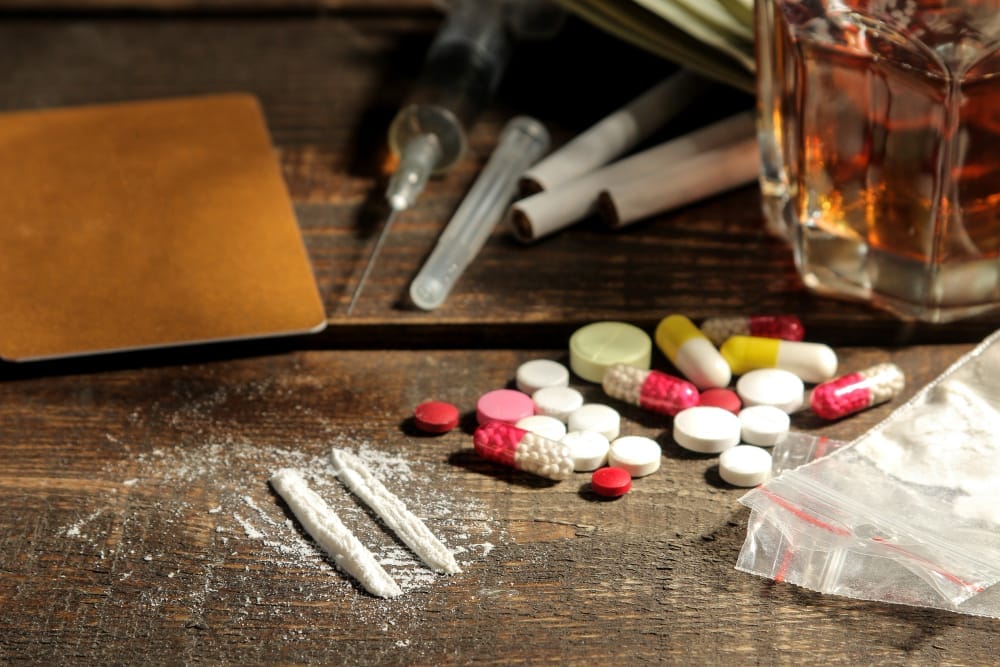
Exposure to drug paraphernalia can pose significant health risks, especially for children and pets. Drug paraphernalia contact can present several dangers:
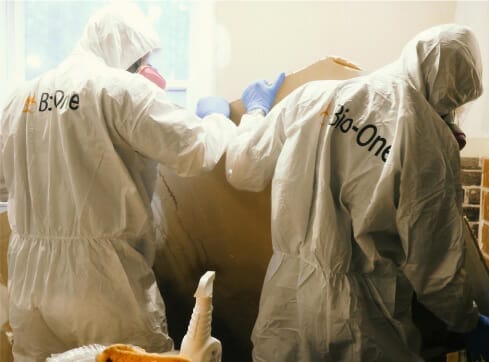
These are just a few examples of drug paraphernalia. These materials come in many forms and can pose a significant risk to individuals who come in contact with them. It is important to recognize these items and take appropriate measures to dispose of them safely. Exposure to drug residue can lead to various health issues, including addiction, respiratory problems, and bloodborne diseases.

Cats are adorable, playful, and loyal creatures that we often consider our family members. We love them! However, when they decide to pee outside their litter box, we know the smell can be disastrous. Whether it's on your furniture, carpets, or other surfaces around your home, the odor of cat pee can be stubborn and difficult to remove. Luckily, there are simple tips for removing cat pee smell from your home. In this post, we’ll share some effective ways to eliminate it and make your home odor-free once again.
The first step in removing cat pee smell from furniture and carpets is to blot the area with a paper towel to remove as much of the urine as possible. Next, mix equal parts of water and white vinegar and spray it on the affected area. Leave it to soak for about 10 minutes before blotting the area again with a clean cloth. Finally, sprinkle baking soda on the area and vacuum it up once it dries.
If your cat has urinated on your bed or other bedroom furniture, you can use an enzymatic cleaner to break down the proteins in the urine. Covering the area with a towel or plastic wrap for several hours or overnight will help the enzymatic cleaner work more effectively. Once the area is dry, vacuum up any leftover residue.
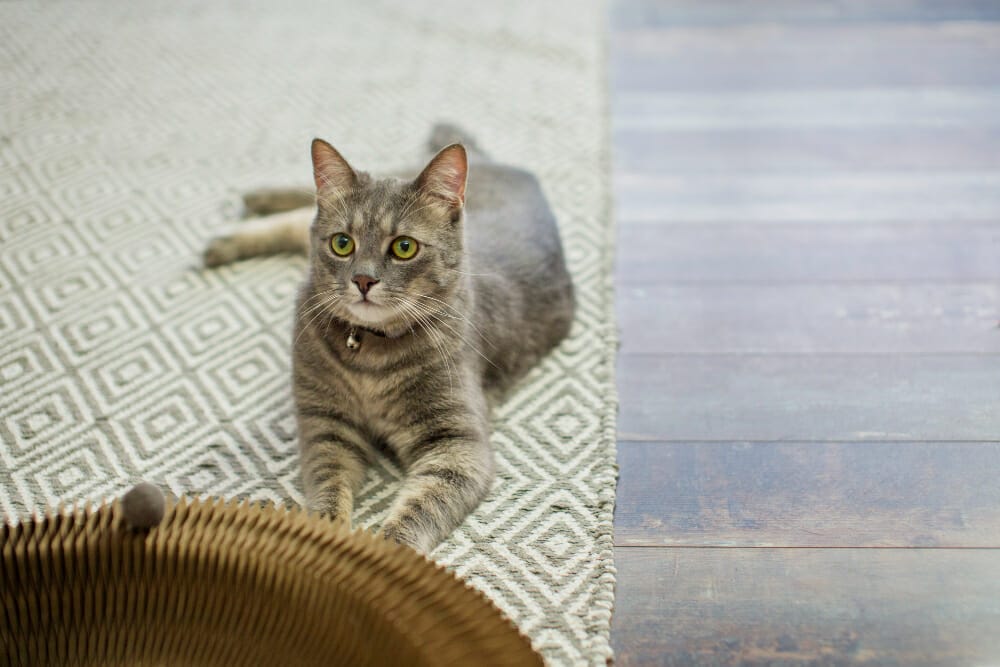
Start by wiping the affected area with a paper towel and then clean it with soap and water. Next, use your mixture of water and white vinegar and spray the affected area with the solution. Leave it to sit for about 30 minutes before wiping it clean with a damp cloth. While you're at it, give your bathroom a thorough cleanup, and make sure you don't let cats enter again!
Over time, your cat’s urine may have soaked into your floors or other surfaces, which can cause odor problems. To get rid of the smell, you can use a commercial enzyme cleaner. Spray it on the affected areas and keep the area well-ventilated to help it dry faster.
Additionally, regularly airing out the rooms where your cat spends time can also help keep the space fresh and prevent any lingering odors. If possible, try to open windows and use fans to circulate air. This will not only help with odor control but also improve overall air quality.

Don't forget to air out their belongings: take out their bedding and wash it regularly to prevent any lingering odors from building up. And lastly, make sure to clean out litter boxes frequently to keep them from emitting unpleasant smells.
Despite your best efforts, there are times when removing cat pee smell from your home can seem impossible. When that happens, it's time to call in a professional odor removal service like Bio-One of Poway. Our technicians have the knowledge, equipment, and expertise to locate the source of the odor and eliminate it!
Removing cat pee smell from your home can be a challenge, but we hope that with these simple tips, you can start eliminating these pesky odors from your home. Remember, cleaning the affected area as soon as possible and using enzymatic cleaners can remove the odor effectively. However, if you have a severe odor problem, don't hesitate to call a professional odor removal service like Bio-One of Poway. With our expertise, you can be sure that your home will smell clean and fresh again.


Fentanyl has become an alarming hazard for first responders and other professionals in the emergency and public service sectors. Its potency and potential for accidental exposure pose serious risks to health and safety. This ample guide aims to educate you and equip you with essential information to protect yourself and those you serve.
Disclaimer: It's crucial to recognize that fentanyl is an extremely dangerous substance. Its remediation and handling should only be conducted by professionals trained and equipped to deal with such hazardous materials safely. This guide is meant for educational purposes and to enhance safety protocols; however, direct engagement with fentanyl should always be avoided unless you are a certified professional.
Fentanyl is a powerful synthetic opioid, originally developed as a pain management medication. It’s now infamous for its role in the opioid crisis. Fentanyl is up to 100 times stronger than morphine, and even small amounts can cause severe respiratory distress, leading to possible fatality. Its chemical structure allows it to be absorbed rapidly through the skin and mucous membranes, making accidental exposure a significant concern.
Fentanyl's potency is not its only danger; it's the reason it's marketed as a highly controlled prescription drug. However, illicitly manufactured fentanyl is increasingly common in street drugs, where users and first responders alike may be unaware of its presence. Law enforcement personnel, medical professionals, and drug identification experts are at risk of exposure and overdose when handling or investigating substances that could contain fentanyl.
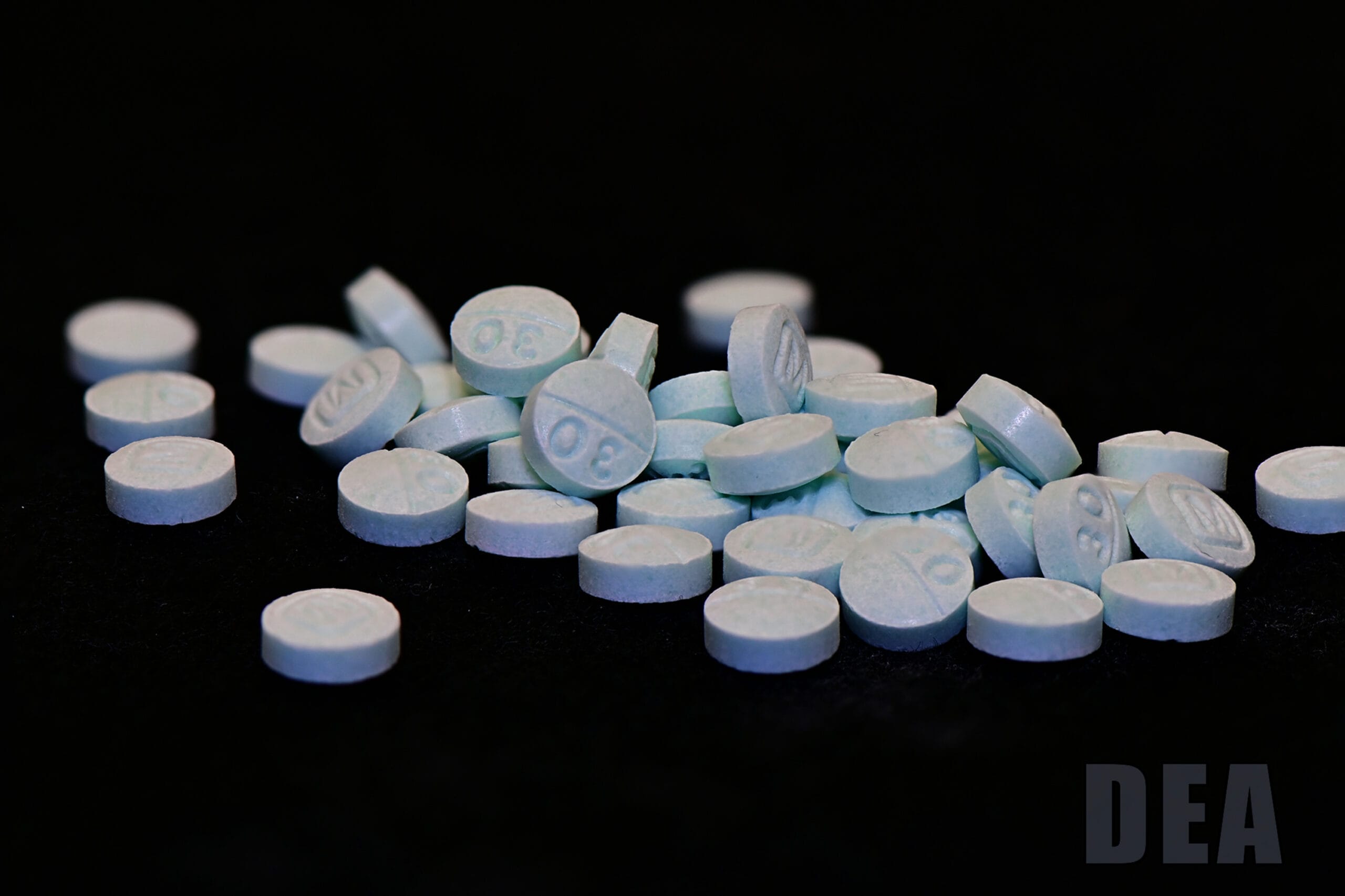
First responders can be exposed to fentanyl through various ways, including:
Regardless of how small these exposures may seem, they carry significant risks. Recognizing the potential for these exposures and taking preventive steps is crucial.
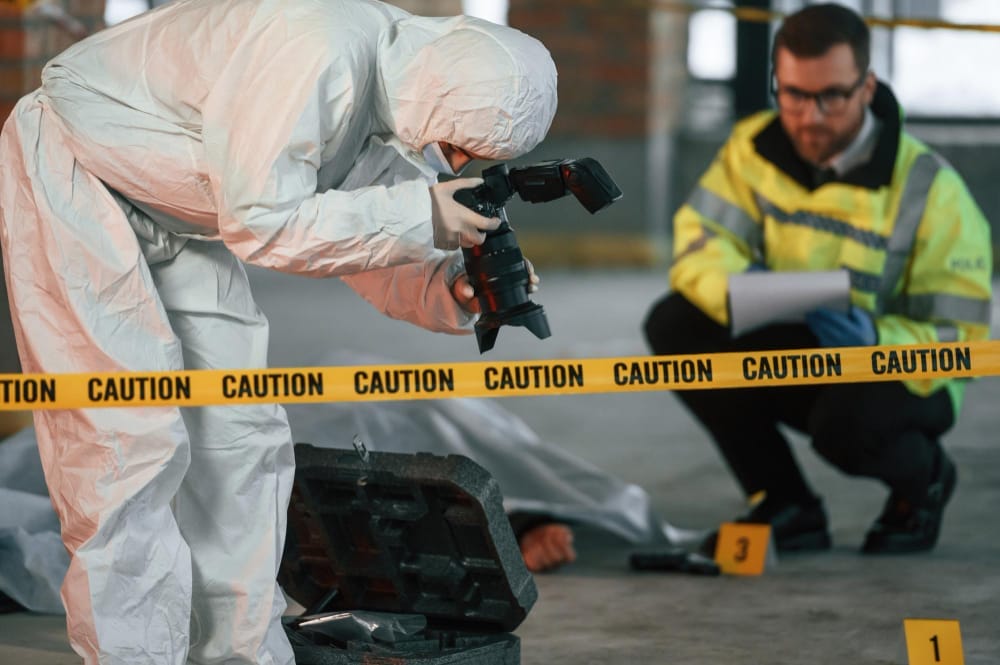
For property managers, as well as homeowners, discovering illicit drug use on your premises is alarming. Not only is there a risk of needle sticks, but also the potential for contaminated drug paraphernalia to be left behind, creating an escalation in the workforce's health risk.
If you suspect fentanyl may be present in a property, the immediate steps to take include:
After taking initial safety precautions, enlisting the help of a professional fentanyl decontamination service, like Bio-One of Poway, is the safest route. Professionals in this field have the necessary experience, tools, and personal protective equipment (PPE) required to safely remediate the area.
The professionals will:
It’s important to understand there might be legal implications for discovering drug residue on your property. Working with a decontamination service that complies with all local, state, and federal regulations will ensure the situation is resolved safely and lawfully!

With a team of qualified technicians using industry-standard protocols, Bio-One of Poway provides fentanyl decontamination solutions with discretion and empathy. Remember, when it comes to fentanyl, professional help is the safest help. Whether you're in the San Diego County area, or any location nationwide, give us a call to receive immediate assistance!

If you’re an organization or individual looking to tackle this problem, read on to discover the most effective strategies for addressing animal hoarding.
Disclaimer: It's important to note that each animal hoarding scenario is unique and may require a different approach. When animals and individuals are in danger, it is essential to contact professional organizations for help. These include local animal welfare organizations, authorities who can intervene in cases of neglect or abuse, and a biohazard cleanup company to safely deal with the aftermath.
Animal hoarding is more than just a messy home with pets; it derives from a mental health disorder where individuals amass a large number of animals, often beyond their means to care for them properly. These animals are kept in overcrowded and unsanitary conditions without adequate food, water, veterinary care, or socialization.
The hoarding behavior often stems from a deep emotional attachment to the animals and can be influenced by various factors, such as trauma, depression, or feelings of loneliness.
Unfortunately, the hoarder's well-intentioned but misguided care can lead to neglect and suffering for the animals. Common signs of animal hoarding include overwhelming numbers of animals, unsanitary living conditions, refusal to acknowledge the severity of the situation, and frequent acquisition of more animals despite neglecting the ones already in their care.
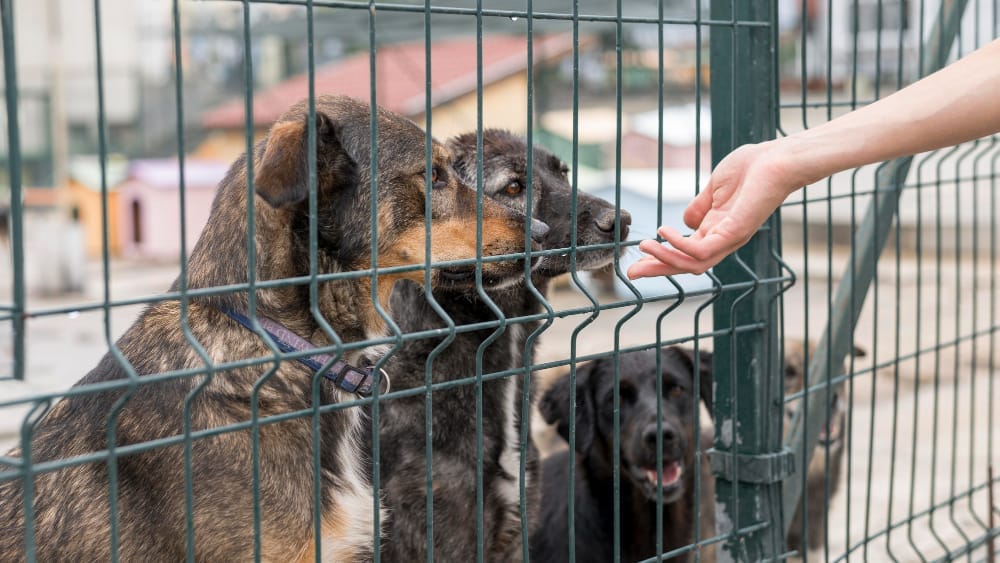
Raising awareness about animal hoarding is the first step in addressing the issue. It is vital to educate the public, and professionals in healthcare, social services, and animal welfare, about the signs of hoarding and the best practices for intervention.
Collaborating with local animal welfare organizations can provide a solid foundation for addressing cases of animal hoarding. These organizations often handle the complexities of removing animals from hoarding situations safely and humanely.
Interventions should be designed to address the hoarder's mental health needs while ensuring the welfare of the animals. Mental health professionals can work with hoarders to provide therapy and support, addressing the root causes of their hoarding behavior and helping them develop healthier relationships with animals.

Support groups for hoarders, similar to those for addiction recovery, can also be beneficial. These groups offer a sense of community and understanding, which can be essential for individuals working to overcome their hoarding tendencies. It's important to approach hoarders with empathy and non-judgment. Shaming or blaming hoarders can be counterproductive and may lead to further isolation and resistance to intervention.
Animal welfare laws vary by state and local jurisdiction, so it's critical to work within the legal framework to protect the animals and assist the individual.
In some cases, seeking a court order to remove animals from the hoarder's care may be necessary. Legal intervention should be used as a last resort, with every effort made to support the hoarder and encourage voluntary compliance with animal welfare standards.
Long-term recovery and follow-up are crucial to prevent recidivism and ensure the health and safety of both hoarders and animals. Develop a plan with clear, manageable steps for the hoarder to follow, with regular check-ins and support to help them maintain a healthy environment.
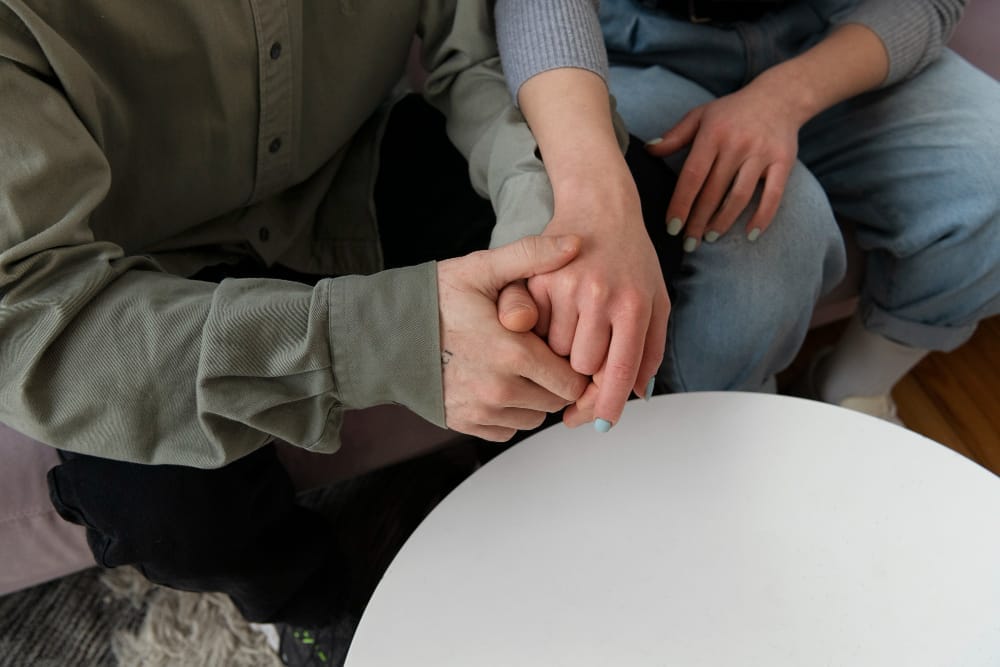
Follow-up care should be provided for the animals as well. Animal welfare organizations and volunteers can play a significant role in providing ongoing support for the animals by fostering, socializing, and eventually rehoming them in environments where they can thrive.
It's a challenging and sensitive issue, but with the right strategies and collective effort, we can offer hope, support, and a path to recovery for those struggling with animal hoarding. Remember, it takes a village to tackle hoarding, and every individual or organization has a role to play in helping those in need.
If your community is dealing with an animal hoarding situation, remember that you're not alone. Local support networks and professional services. Our ultimate goal is to create a landscape of care where both animals and people can prosper. Contact our team for a free consultation in the San Diego County area.

The specter of toxic substances haunting an innocent-looking property is a nightmare scenario for homeowners, real estate agents, and property managers. Yet, for those unfortunate enough to encounter a former meth lab, the danger is all too real. Take a look as we will explore the full extent of risks involved, why professional cleaning services are crucial, and the legal implications worth considering to clean up former meth labs.
A former meth lab can leave behind a chemical cocktail of hazardous materials. These fumes and residues can seep into every crevice, posing insidious threats to your health.

Methamphetamine production involves a plethora of toxic substances, including anhydrous ammonia, red phosphorus, and hydrochloric acid. When combined or mishandled, these volatile chemicals can lead to immediate health issues: respiratory problems, tissue damage, and even death if inhaled or ingested.
The aftermath of meth production can affect you even after the visible signs have been addressed. Prolonged exposure to leftover meth chemicals has been linked to chronic respiratory issues, organ damage, and neurological disorders, underscoring the gravity of comprehensive cleanup measures.
The menace of meth lab contamination extends beyond the walls of the property, seeping into the very environment on which communities depend.
Meth lab remnants can pollute the air within and around a property, the soil below it, and potentially the nearby water sources. The spread is silent yet expansive, affecting not only the current site but areas downwind or downstream as well.
The extent of environmental contamination demands a thorough and meticulous approach to remediation, which can be a complex and costly process. From identifying source areas to determining the depth of soil contamination, each stage requires expertise and adherence to stringent environmental standards.
Encountering a former meth lab propels landlords and property owners into a realm of complex legalities and potential liabilities.
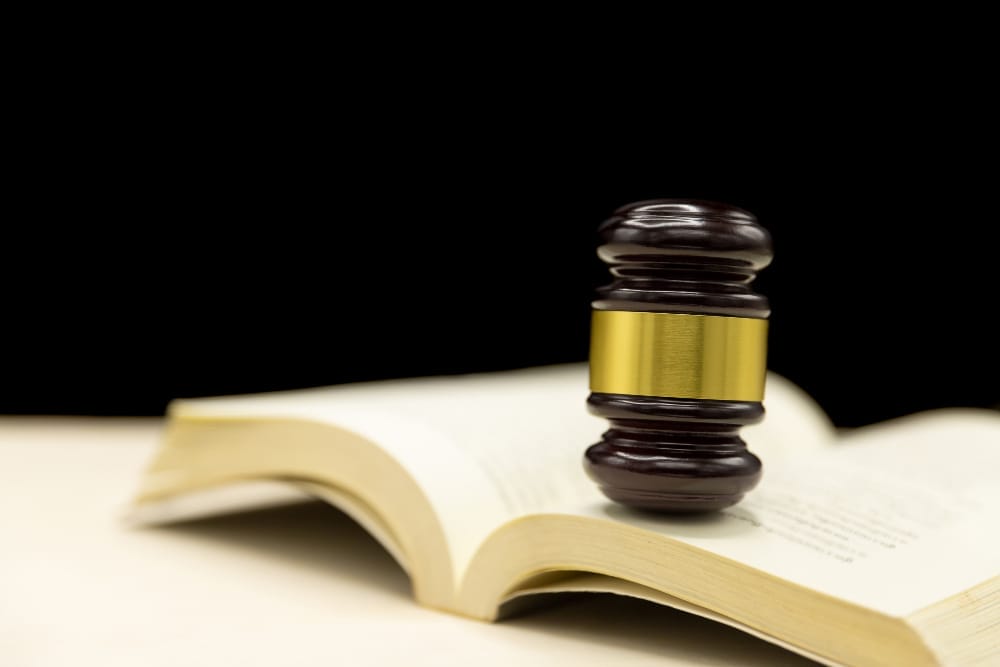
Various federal and state agencies have set forth regulations and guidelines for the decontamination of meth labs. Be informed and compliant with these standards to safeguard the health of occupants, protect the environment, and shield against potential legal repercussions.
Property owners can face serious consequences if they do not conduct proper cleanup. Tenants, neighbors, or future occupants can hold them accountable for any damages resulting from exposure to meth lab contaminants.
The complexity and danger surrounding meth lab cleanup make DIY attempts not only impractical but potentially life-threatening. Certified meth lab cleanup specialists are equipped with the knowledge of chemical hazards, the equipment for safe removal of toxic residues, and the training to handle different scenarios with precision. Never underestimate the expertise needed for this specialized task.
A professional meth lab cleanup typically involves several critical steps. These may include:
It is essential to note that each meth lab cleanup may differ depending on the severity of contamination, location, and other factors.

You must not take the discovery of a former meth lab lightly. It requires the help of seasoned professionals who can restore safety to a beleaguered property. For residents of the San Diego area in California, Bio-One stands ready to provide fentanyl remediation and meth lab cleanup services that are meticulous, reliable, and compliant with regulations, giving homeowners, real estate agents, and property managers peace of mind.
If you find yourself in the unfortunate position of needing these services, contact Bio-One to ensure a thorough resolution.

When homes are entrenched in gross filth and hoarding, the dangers go beyond mere unsightliness. From physical health hazards to public health crises, the perils of these environments are extensive yet often misunderstood. Today, we shed light on the extensive risks of living in grossly filth environments and provide insights into addressing these challenges.
Side note: At Bio-One of Poway, we understand the complexities of addressing environments affected by hoarding and gross filth. While we specialize in the physical cleaning and restoration of such homes, we also recognize the importance of mental well-being in these situations. Therefore, we are committed to not only restoring your environment to a safe and healthy state but also to connecting our customers with the right mental health professionals to support their emotional and psychological needs.
In hoarded homes, navigating through tight pathways among piles of items can lead to frequent falls and injuries. The clutter can also impede exit routes in case of an emergency (fire or medical crisis) leading to a heightened risk of harm. Furthermore, the accumulation of dust and mold in these environments can trigger or worsen respiratory issues.
Learn more: Common Physical and Health Risks of Hoarding Disorder - Bio-One
Beyond the physical health risks, hoarding environments can take a significant toll on mental well-being. Those living among excessive belongings often experience heightened levels of stress and anxiety, stemming from the inability to maintain a clean living space or the fear of eviction. Social isolation is another significant concern, as shame and the fear of judgment cause hoarders to withdraw from their community.

The weight of accumulated items can strain the home's structure over time, potentially leading to collapse in severe cases. This can compromise the safety and habitability of the residence, posing a danger to the occupants and any adjoining properties.
Clutter that comes into contact with heating sources or electrical wiring presents a serious fire risk. The presence of excessive items can also hamper firefighting efforts, significantly increasing the risk of injury or death in the event of a fire.

Hoarding environments provide ideal conditions for pests: rodents, roaches, and other insects, to thrive. These infestations can result in significant property damage, exacerbating the already compromised living conditions.
The accumulation of waste and the presence of pests in hoarded homes contribute to an increased risk of infectious diseases. With compromised hygiene and sanitation, illnesses can spread within the household and possibly to the larger community.

Hoarding can also have far-reaching implications for the community at large. From property devaluation to legal disputes and familial stress, hoarding does not remain contained within the four walls of a home but extends its impact into the surrounding neighborhood and beyond.
You may be interested: How Hoarding Affects Property and Communities
Dealing with the aftermath of a hoarding situation requires a blend of sensitivity and professionalism. Bio-One's team is trained to handle biohazardous materials in compliance with strict regulations to ensure the safety of all involved. Additionally, our services extend to thorough cleaning that eradicates odors and removes potential allergens, helping provide a fresh start for individuals and their loved ones.

.

A new year is a fresh start for everyone, and it's a great time to make resolutions that will set the tone for the rest of the year. One of the best ways to start the new year is by cleaning up your home. Not only will this help you start the year on the right foot, but it will also help you declutter and create a more comfortable home. In this blog post, we'll provide tips for cleaning different areas of your home, including the bedroom, closets, basement, kitchen, backyard, and attics. If you need help, remember that Bio-One of Poway provides hoarding cleanup and deep cleaning services, and our team is ready to assist you in your New Year cleaning resolutions!

A clean and organized bedroom can go a long way in helping you start the new year with a clear mind. The best way to start is by decluttering your wardrobe and getting rid of clothes you haven't worn in the past year or clothes that no longer fit. Once you've done that, it's time to tackle your bed and linens. Wash all your sheets, pillowcases, and blankets, and if necessary, replace them with fresh ones. Finally, wipe down your furniture, dust your blinds, and vacuum your floors or carpets.
You won't believe the difference a clean and organized bedroom can have on your mental health and well-being. This might be one of the most important New Year cleaning resolutions!

A cluttered closet can be overwhelming, and it can make it hard to find the items you're looking for. Start by removing everything from your closet and only keep the items that you wear regularly. Use hangers to keep your clothes organized, and invest in drawer organizers to keep smaller items neat. If you have old or unused clothes, consider donating them to a local charity or shelter. Here are some tips for cleaning your closet on a budget:

The basement is often the storage area of your home, so it's no surprise that it can accumulate a lot of clutter over time. In the spirit of your New Year cleaning resolutions, go through all the items you have stored in your basement and sort them into three categories: keep, donate, and throw away. Once you've sorted everything, start organizing your items by using shelves, labeled bins, and hanging storage. This will make it easier for you to find things in the future and keep your basement clutter-free.

The kitchen is usually the heart of your home, so it's essential to keep it clean and organized. Start by wiping down all your countertops, appliances, and cabinets. Declutter your pantry and fridge, and toss out any expired food or drinks. If you have any pots or pans that are damaged, try to focus on what's best. If it's within your budget, consider replacing them with newer options. Lastly, sweep or vacuum up any crumbs and wipe your floors.
Learn more: Deep Cleaning & Organizing Tips for a Safe House Cleanout

The backyard and attics are often overlooked areas when it comes to cleaning, but they can harbor a lot of clutter and sometimes dangerous debris. It's recommended to use gloves and a mask when cleaning these areas as they can contain harmful mold, spores, and insect feces. If you find damaged or broken items that you cannot remove safely, then contact professional cleaning services like Bio-One of Poway for assistance.
Having New Year cleaning resolutions is an excellent way to start a fresh journey for 2024 with a clear and organized mind. Using these tips, you can go through different areas of your home and declutter, clean, and organize your space. Remember to keep up with your cleaning habits throughout the year. And if you need any additional help, don't hesitate to contact professional cleaning services like Bio-One of Poway, who are always willing to lend a hand. From deep cleaning, and hoarding cleanup to hazardous waste removal and recovering valuables, we can take care of all your cleaning needs.